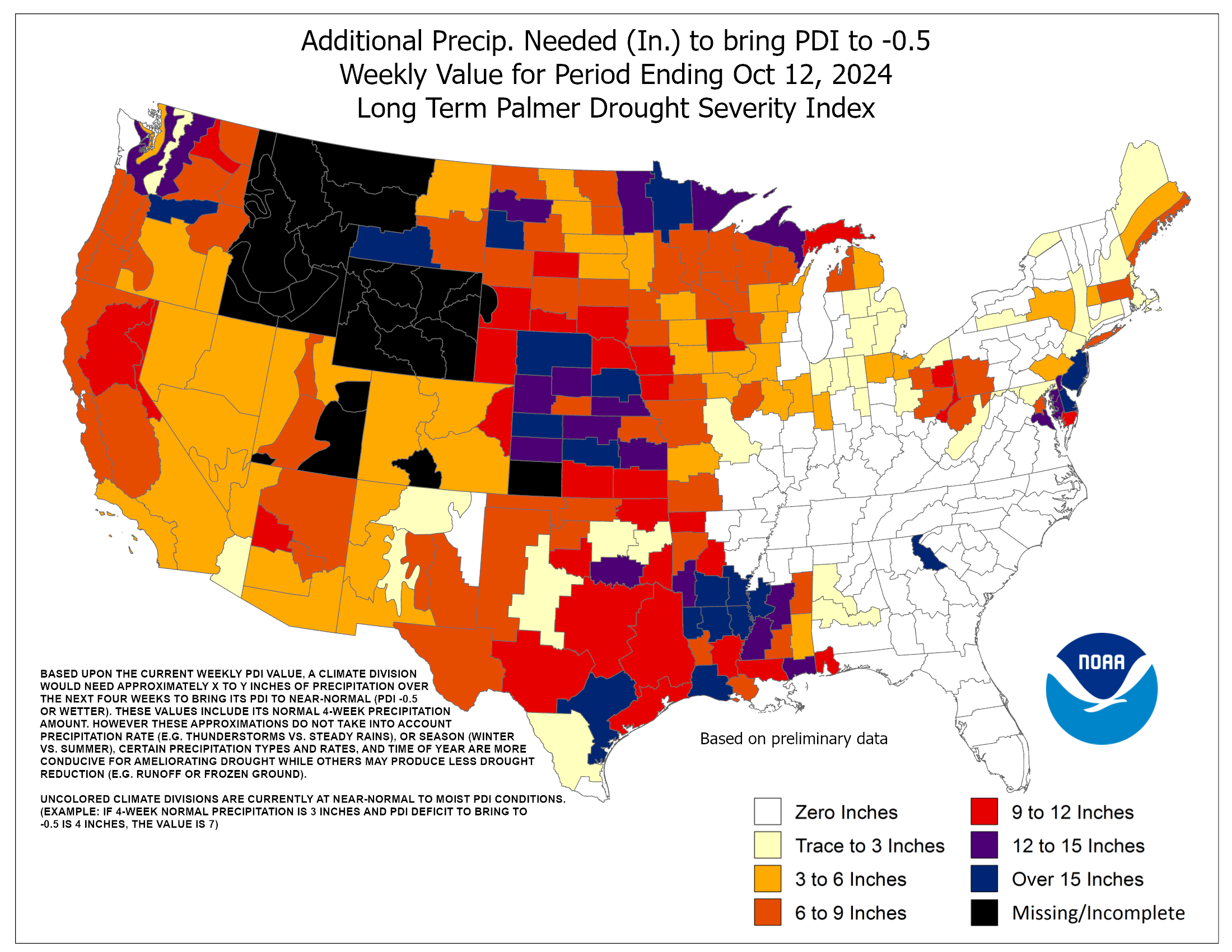The good news: there is a good crop of sugar beets in Michigan. Great bumper crop, actually. The bad news: continued warm weather from El Niño could cause the quality crop to deteriorate.
Not many suppliers are talking about it because the less-than-ideal weather could lead to to sugar price increases, and of course no one wants that. Still, when dealing with Mother Nature, we have to adapt as best we can to the conditions and keep our supply as strong as possible while still giving customers the best prices we can.
How Does a Sugar Beet Crop Yield Deteriorate?
Sugar beets are stored in large piles that freeze solid during the winter. Producers work off those piles. Unfortunately, when the El Niño treats the beets to unseasonably warm weather in February, the piles break down and the quality deteriorates.
The beets in the middle of the piles, for example, are warm. They are rotting from within an otherwise quality pile of beets. As the weather stays warm and more and more beets fall victim, the entire pile can become compromised.
As mentioned, it’s a very good crop, so there’s still quality product to be gathered, but the problem is there is less of that good product as the pile breaks down. Plus, producers aren’t certain how much of it they’ll be able to run through processing or what the quality of the output will be.
Working fervently to process as much quality product as possible increases processing costs, which increases the prices of sugar beets.
At Bremer, we only buy and sell ingredients of the highest quality, so further unseasonable warmth could decrease the available yield and increase processing costs, thereby driving up the price of the high-quality yield producers are able to salvage. This is an industry-wide issue as no one is immune to nature.
What’s the Best-Case Scenario?
The bumper crop had everyone excited as prices should’ve gone down. El Niño had other ideas.
If February weather returns to its normal, frigid self, and if the current beet crop can freeze solid until later in March, the quality yield will be higher, the processing costs will be lower and sugar beet prices should not increase by much, if at all.
For now, though, we are keeping tabs on the situation and working closely with those in the supply chain to make sure we can get the best products at the best prices for our customers.
If you have any questions on sugars and sweeteners, please let us know how we can help. Connect with us today!

